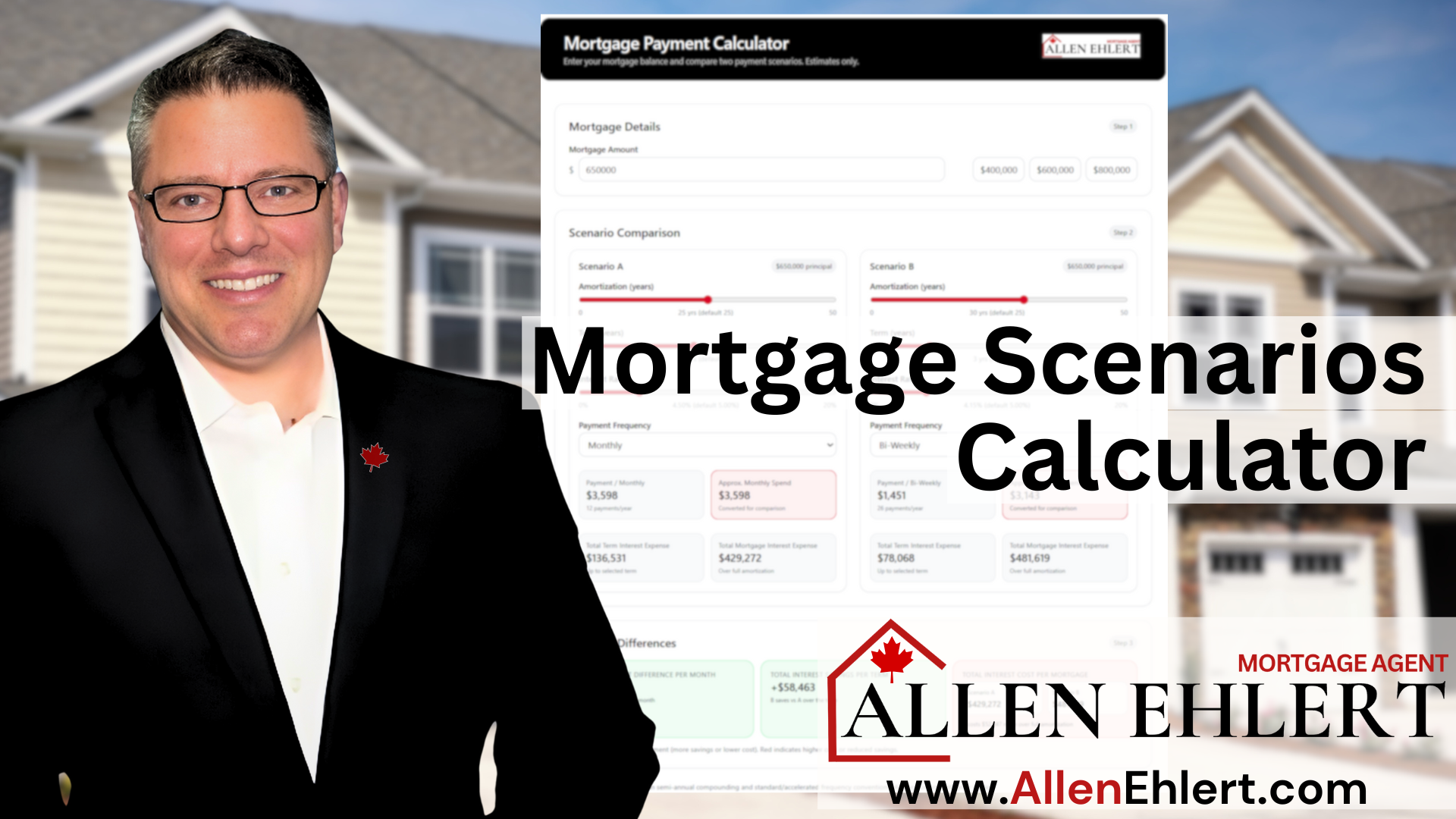… The Limits of Bonds and Capital Markets
Ever wonder why mortgage rates seem to jump overnight even though you’ve done everything right? It can feel like the lender’s just making it up as they go along—but trust me, they’re not. What’s really happening behind the scenes is tied to something you might not think about: bonds and the capital markets.
See, not every lender funds mortgages from deposits like the big banks. A lot of them—especially monoline lenders and non-bank lenders—are getting their money from the bond market. And that comes with some serious strings attached. When those markets sneeze, mortgage rates catch a cold.
Whether you’re a realtor trying to calm an anxious buyer or a borrower shopping for the best deal, knowing how this works gives you a leg up.
Here’s what we’ll cover:
Topics I’ll Cover:
How Lenders Use Bonds and Capital Markets to Fund Mortgages
The Big Limitation: They’re at the Mercy of the Markets
How Rising Bond Yields Push Mortgage Rates Up
Why This Creates Uncertainty for Lenders (and Borrowers)
How Realtors Can Use This to Educate and Build Trust
How Clients Can Use This to Shop Smarter
A Story: The Buyer Who Got Burned by a Bond Spike
How Lenders Use Bonds and Capital Markets to Fund Mortgages
Not all lenders have the luxury of deposits sitting in their vault. Monoline lenders (those folks who focus only on mortgages) and some banks get their funds by issuing bonds or mortgage-backed securities (MBS).
Here’s the basic playbook:
- They issue bonds, which are bought by investors (pension funds, insurance companies, etc.).
- Those investors get a return based on the interest homeowners pay on their mortgages.
- The lender uses the money from selling those bonds to fund new mortgages.
It’s a slick system when markets are calm. But when markets get bumpy? Well…
The Big Limitation: They’re at the Mercy of the Markets
The biggest catch with relying on bonds? Lenders don’t control the price of money.
If bond yields go up (which they often do when inflation rises or central banks hike rates), the cost of raising funds goes up too. That means lenders have to bump mortgage rates to keep their margins intact.
They can’t just eat the loss—they’re businesses, not charities.
How Rising Bond Yields Push Mortgage Rates Up
Mortgage rates—especially fixed rates—are tightly linked to the 5-year Government of Canada bond yield.
When those yields rise:
- It costs lenders more to fund mortgages through bonds.
- That extra cost gets passed on to you in the form of higher rates.
It’s not about your credit score, your income, or your job security. It’s about the price lenders are paying to borrow money themselves.
Why This Creates Uncertainty for Lenders (and Borrowers)
Markets are emotional. They react to headlines, interest rate hikes, inflation data, elections—you name it. That makes it harder for lenders to predict their costs.
When bond markets get volatile, lenders might:
- Pull rates off the table overnight.
- Tighten guidelines because their funding is shaky.
- Offer less aggressive discounts.
For borrowers, this feels chaotic: one day you’re pre-approved at 4.79%, the next it’s 5.29%. But behind the scenes, it’s all about market swings.
How Realtors Can Use This to Educate and Build Trust
This is where you earn trust with your clients. When they see rates change suddenly, you can explain:
“Some lenders fund mortgages through bonds. When bond yields spike, so do mortgage rates. It’s not personal; it’s the market.”
That positions you as someone who understands more than just houses—you understand the money game too. Clients love working with people who know the full story.
How Clients Can Use This to Shop Smarter
If you’re a homebuyer or refinancing, this helps you keep perspective. Don’t panic when rates shift. Instead, ask your broker:
- “Is this lender tied to bonds or deposits?”
- “How might the market affect this rate between now and closing?”
- “Are there other lenders less exposed to these changes?”
Understanding where the money comes from helps you make calmer, smarter choices.
A Story: The Buyer Who Got Burned by a Bond Spike
Let me tell you about a client who thought he had his rate locked in. We were working with a lender who funded mortgages through the capital markets. Mike was thrilled with his 4.69% rate—until bond yields shot up 50 basis points practically overnight.
The lender pulled the rate hold. His new offer? 5.09%. Mike was livid. He thought the lender was playing games.
I explained:
“It’s not them being shady. Their cost of money literally changed last night. They can’t offer yesterday’s deal on today’s prices.”
Once he understood, he made peace with it—and we found him a credit union less exposed to bond volatility to save him a little money.
Allen’s Final Thoughts
Lenders who rely on bonds and the capital markets don’t have the same control over their funding as those who rely on deposits. When bond yields rise, so do mortgage rates—sometimes suddenly, sometimes dramatically.
For realtors, this knowledge helps you educate clients and manage expectations. For homebuyers, it explains why rates can change in a heartbeat and why flexibility and timing matter.
And this is exactly why I’m here. I help you see these market forces coming, protect your deals from unnecessary risk, and find solutions when things shift. Whether you’re trying to explain rate volatility to a nervous buyer or navigate it yourself, I’m the guide you want in your corner.
Let’s make sure you’re prepared—not surprised. Give me a call anytime. I’ll help you stay ahead of the market and turn these challenges into opportunities.












